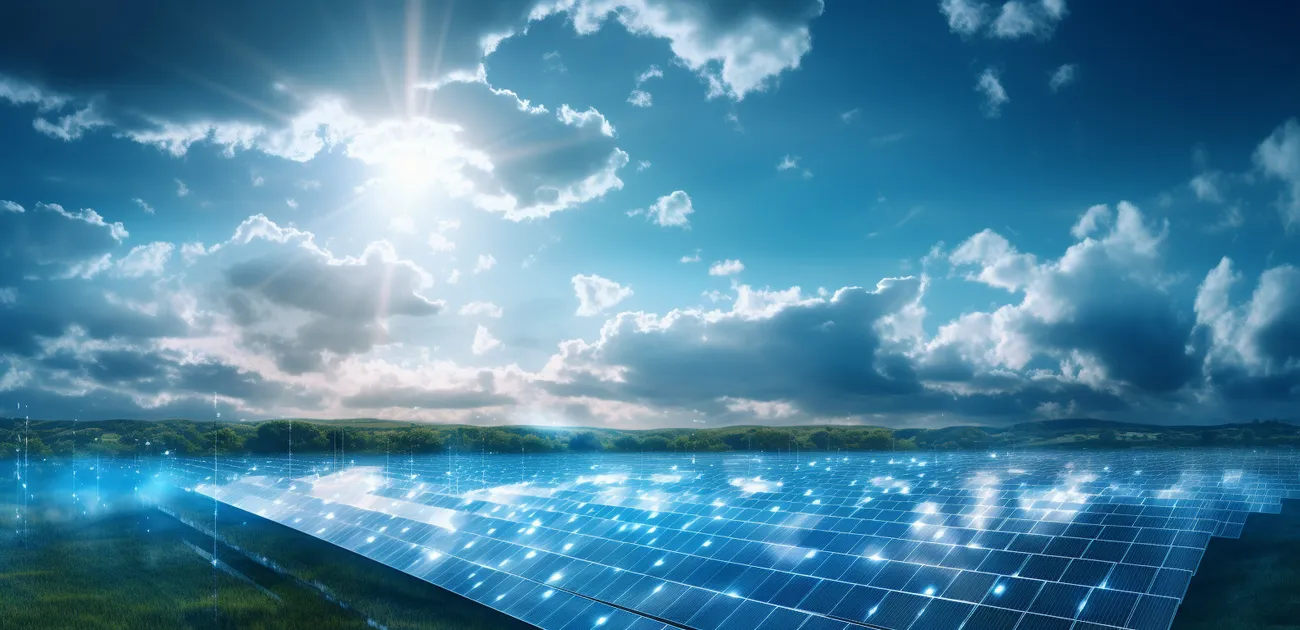Leveraging AI for Solar Power Plant Optimization

Leveraging AI for Solar Power Plant Optimization
Table of Contents
- Introduction
- The Role of AI in Solar Power Plant Optimization
- Data Collection and Analysis
- Forecasting and Predictive Maintenance
- Intelligent Energy Management
- Enhanced Fault Detection and Troubleshooting
- Conclusion
1. Introduction
Solar power plants are a key component of renewable energy infrastructure, providing clean and sustainable electricity. However, maximizing the efficiency and output of solar power plants can be a complex task due to various factors such as weather conditions, equipment performance, and maintenance requirements. In recent years, the integration of artificial intelligence (AI) techniques has revolutionized the optimization of solar power plants, leading to increased performance, cost savings, and improved overall operational efficiency.
This blog post explores the significant role AI plays in solar power plant optimization and how it contributes to achieving higher energy yields and reducing operational costs.
2. The Role of AI in Solar Power Plant Optimization
AI technology encompasses a range of techniques, including machine learning, predictive analytics, and data mining, which are applied to vast amounts of data collected from solar power plants. By analyzing this data, AI algorithms can identify patterns, make accurate predictions, and optimize the plant's operations. Here are some key areas where AI contributes to solar power plant optimization:
3. Data Collection and Analysis
Effective data collection and analysis are essential for understanding the performance and efficiency of a solar power plant. AI algorithms can process large volumes of data from various sources, including sensors, weather stations, and historical records. By analyzing this data, AI models can identify performance trends, evaluate the impact of external factors, and identify opportunities for improvement. Furthermore, AI-powered data analytics can detect anomalies or deviations from expected performance, enabling proactive measures to maintain optimal plant operation.
4. Forecasting and Predictive Maintenance
AI-based forecasting models are crucial for predicting solar irradiance, weather patterns, and energy generation. These models utilize historical weather data, real-time observations, and machine learning techniques to generate accurate forecasts. By leveraging AI, solar power plant operators can optimize energy generation by scheduling maintenance activities, storage usage, and grid integration based on anticipated weather conditions. Predictive maintenance algorithms can also detect potential equipment failures in advance, reducing downtime and minimizing maintenance costs.
5. Intelligent Energy Management
Efficient energy management is vital for solar power plant optimization. AI algorithms can analyze real-time data and optimize energy distribution across the plant's components. By considering factors such as energy demand, grid requirements, and energy storage capabilities, AI systems can dynamically adjust energy flows and ensure optimal utilization of resources. This intelligent energy management helps maximize the plant's output, minimize grid stress, and enhance overall operational efficiency.
6. Enhanced Fault Detection and Troubleshooting
AI-powered fault detection systems are highly effective in identifying and diagnosing issues within a solar power plant. By continuously monitoring plant parameters and performance metrics, AI algorithms can quickly detect deviations or anomalies that indicate potential faults or malfunctions. Early identification of these issues enables proactive troubleshooting, reducing downtime and improving maintenance efficiency. Additionally, AI can provide real-time recommendations for maintenance actions, ensuring prompt resolution of problems and preventing further degradation in performance.
7. Conclusion
Artificial intelligence has emerged as a powerful tool for optimizing solar power plant operations. Through advanced data analytics, forecasting models, intelligent energy management, and fault detection systems, AI enables solar power plants to achieve higher energy yields, reduce costs, and improve overall operational efficiency. As AI technologies continue to evolve, we can expect even more sophisticated and effective solutions for solar power plant optimization.
By leveraging AI, solar power plant operators can unlock the full potential of renewable energy and contribute to a greener and sustainable future.
This concludes our blog post on leveraging AI for solar power plant optimization. We hope you found it informative and insightful. If you have any questions or comments, please feel free to reach out.